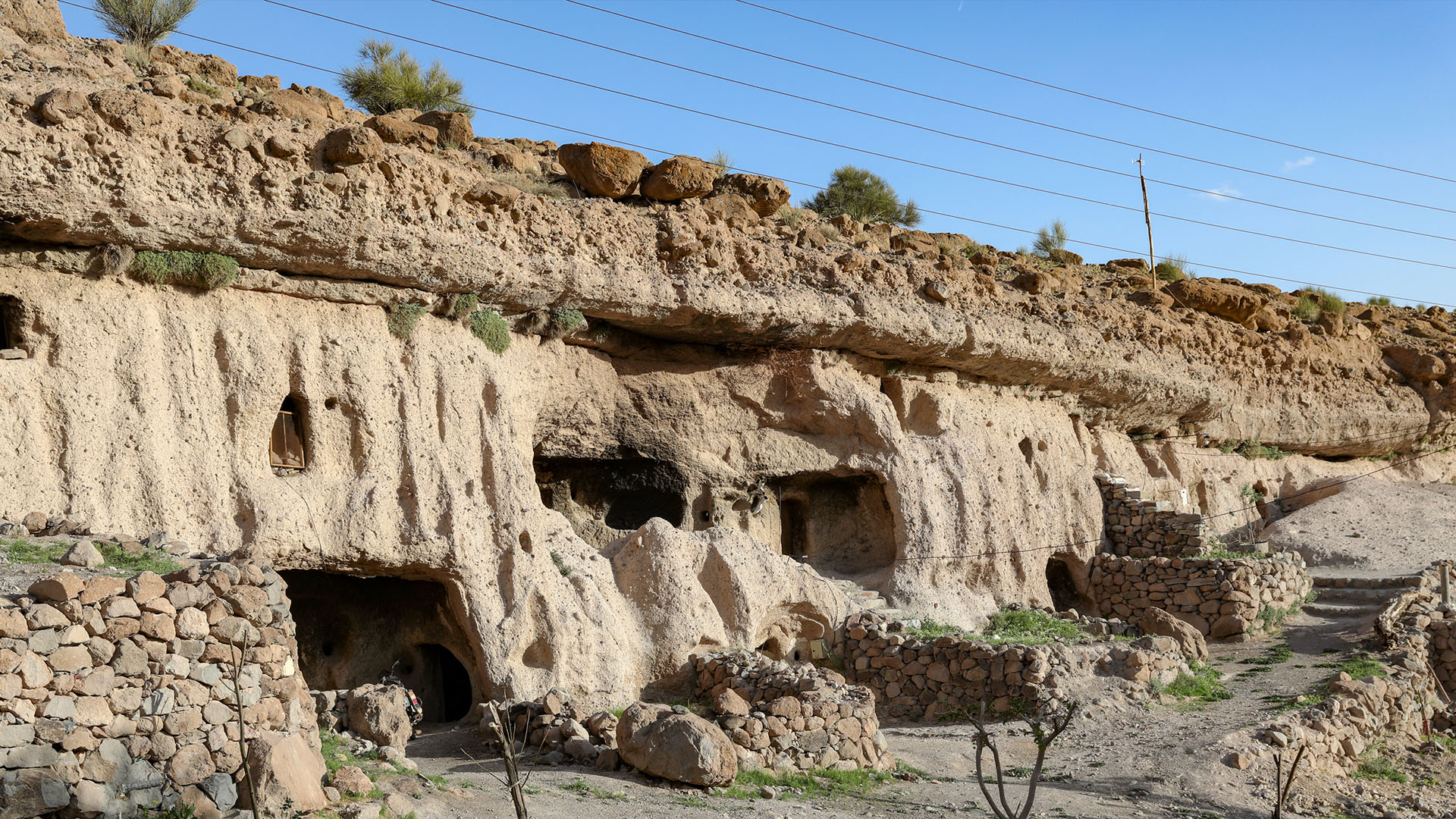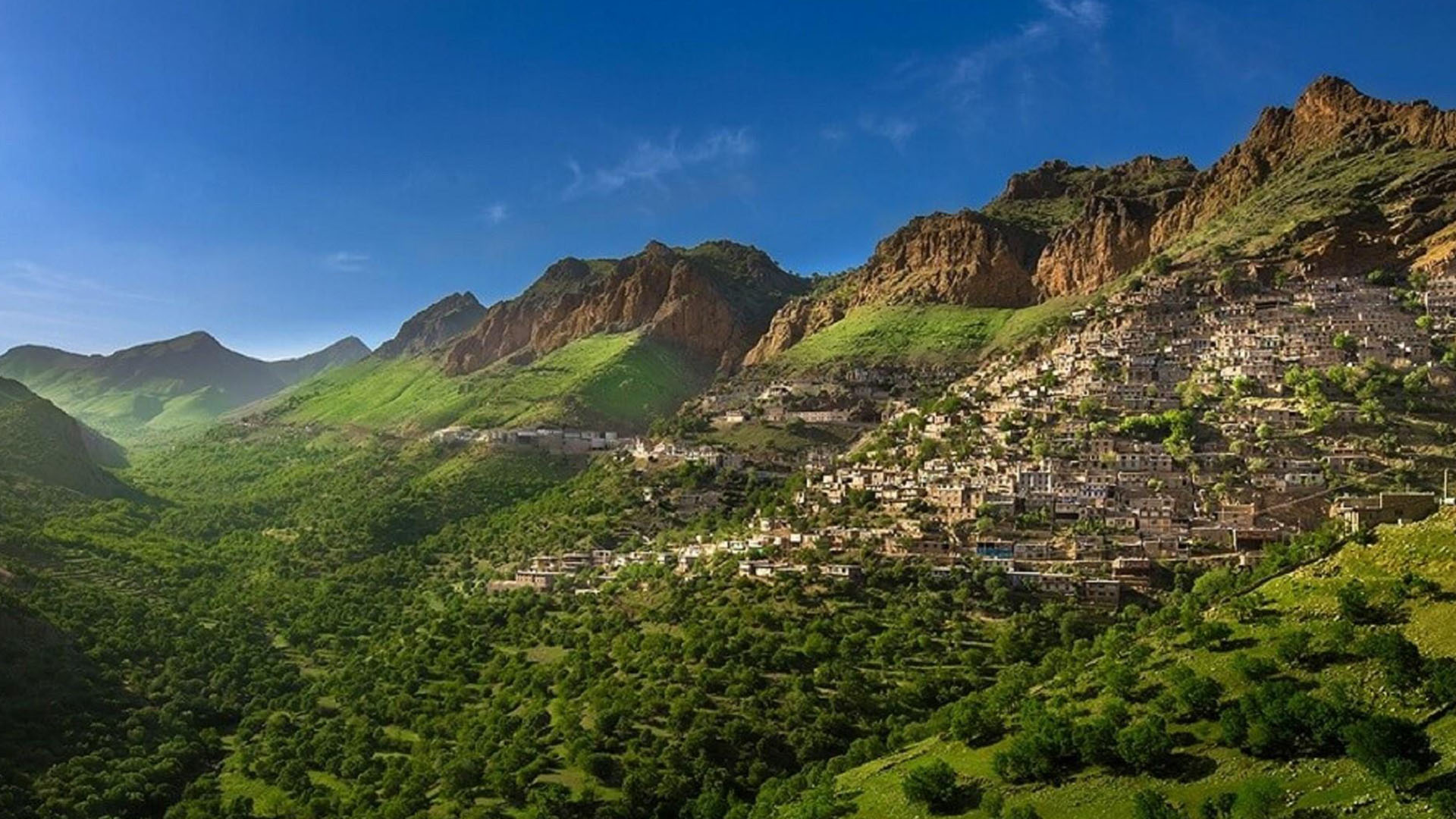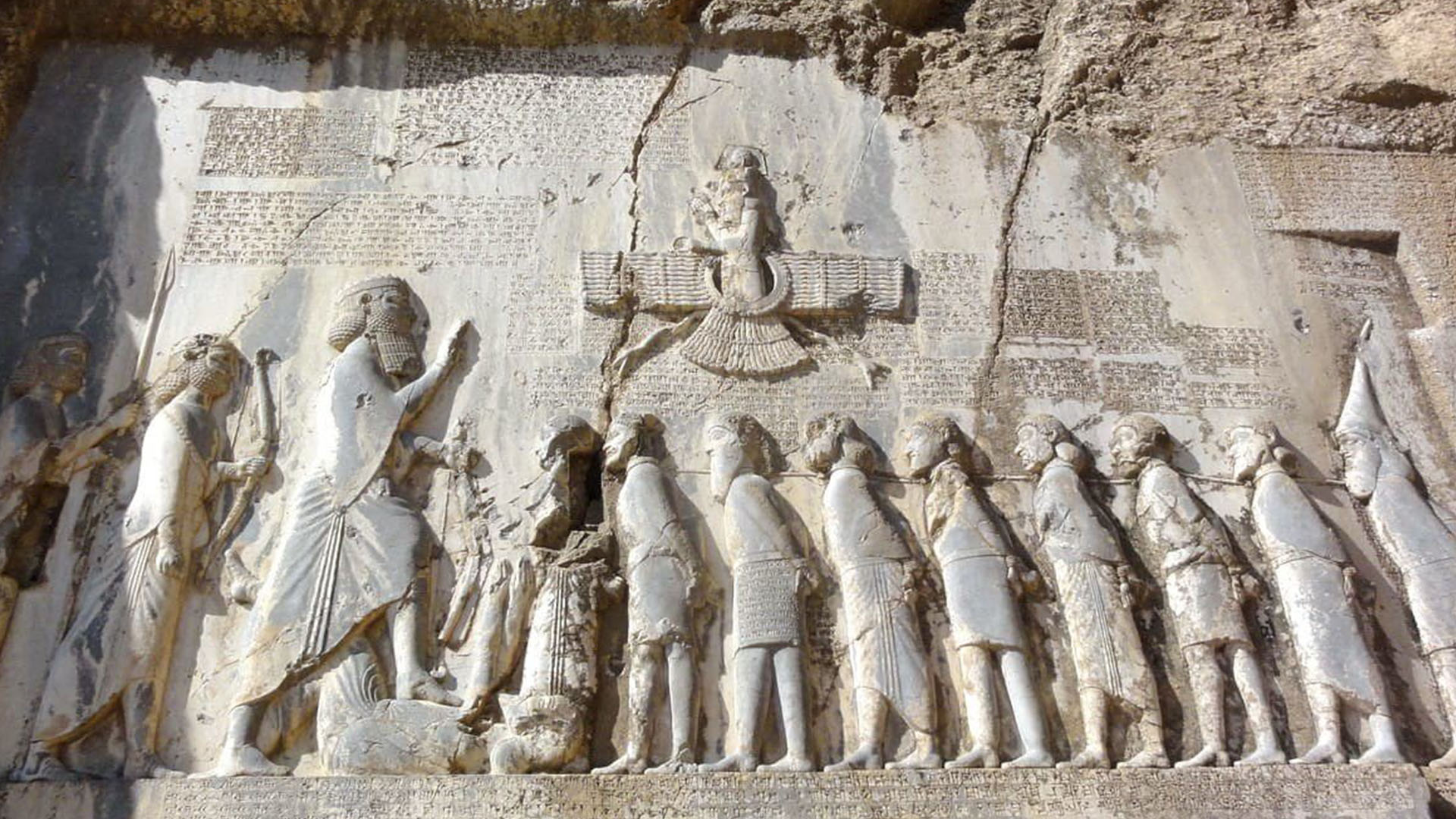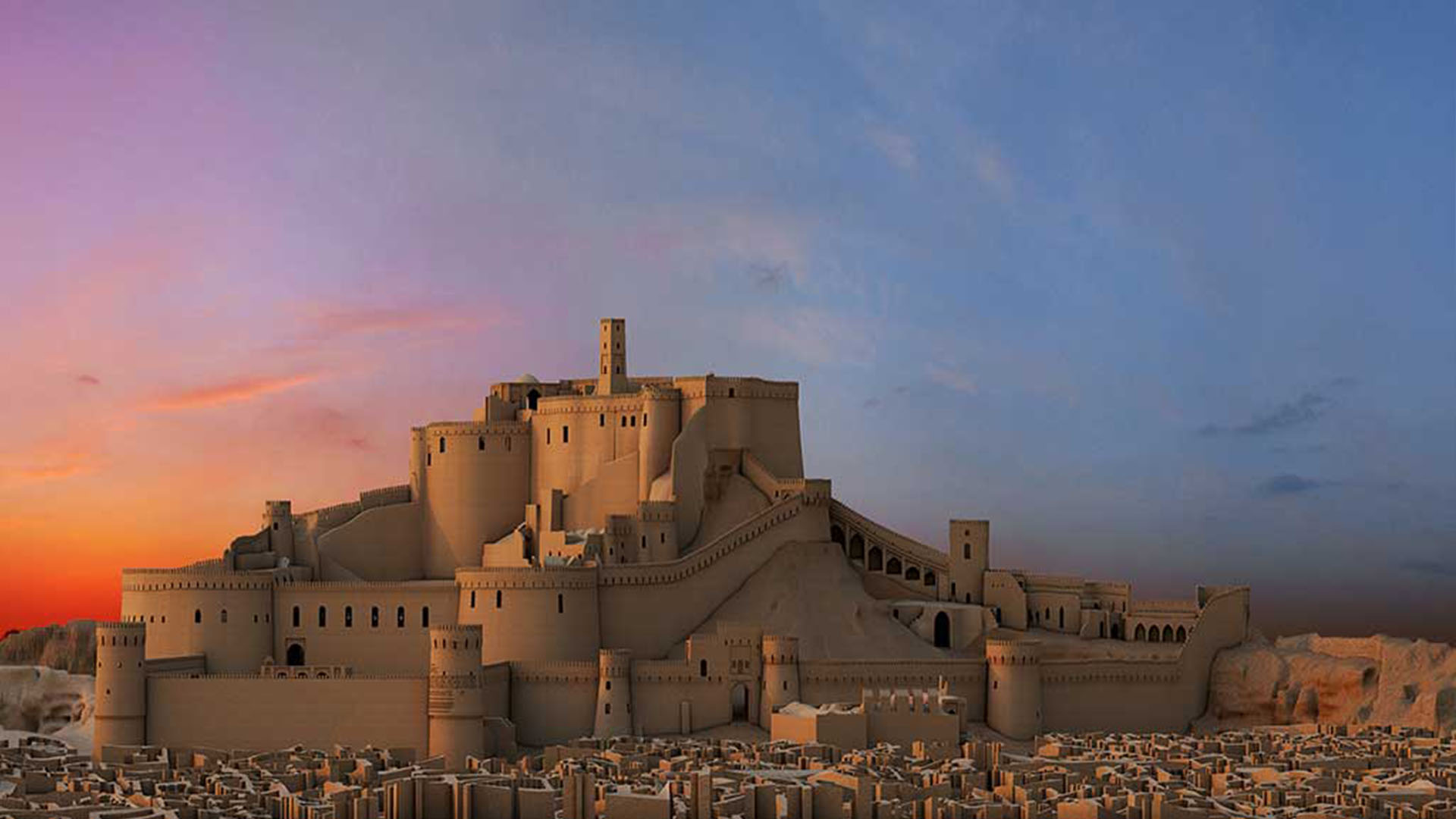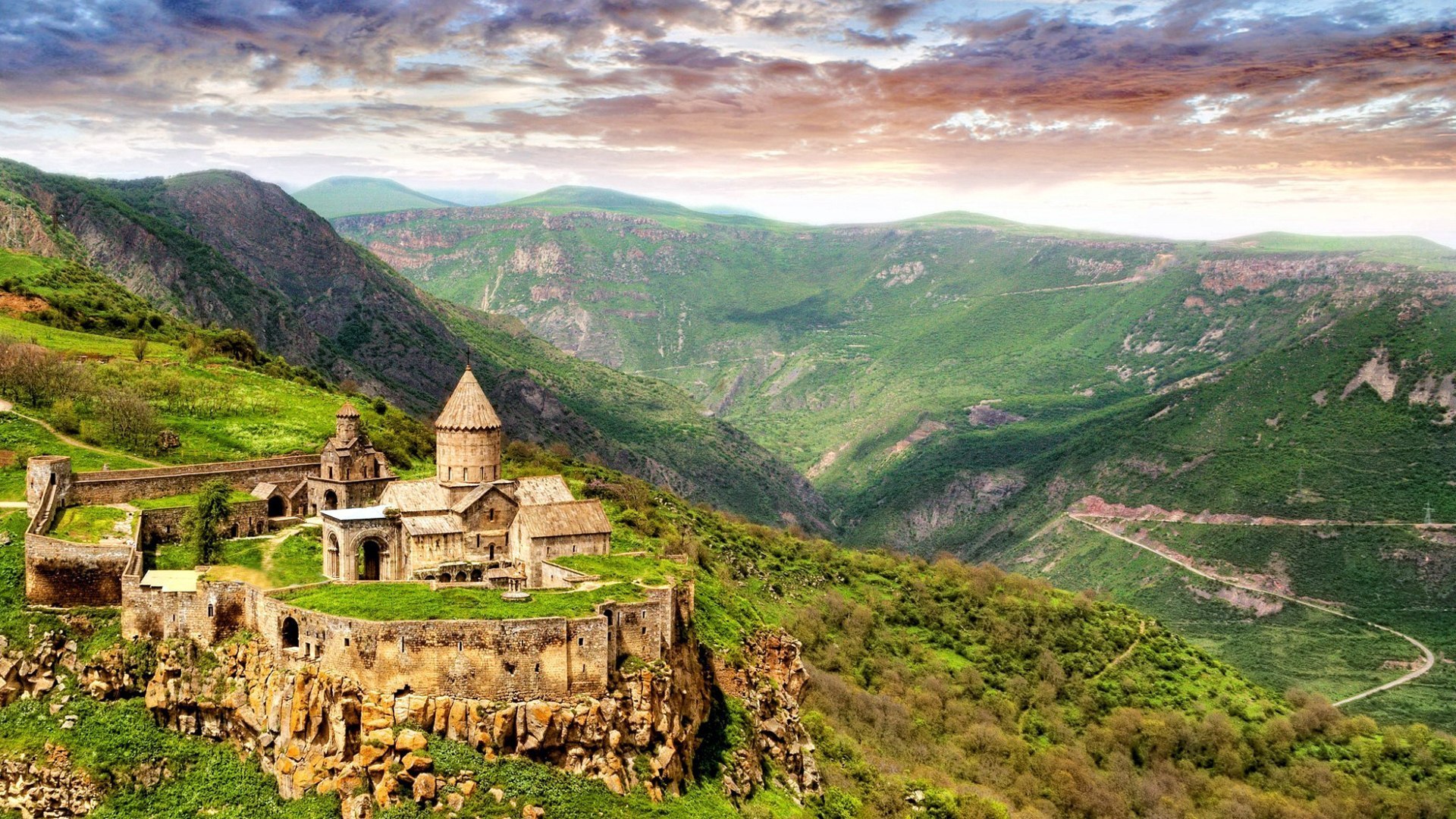
Lut Desert (Date of Inscription: 2016)
Vast desert located in the south-east of the country, the Dasht-e-Lut (“desert of the void”) is one of the hottest places in the world. Largely devoid of animal and plant life, its beauty lies in the presence of spectacular wind-eroded landforms and the variety of its high, linear, star-shaped or funnel-shaped fine sand dunes. Thanks […]




















